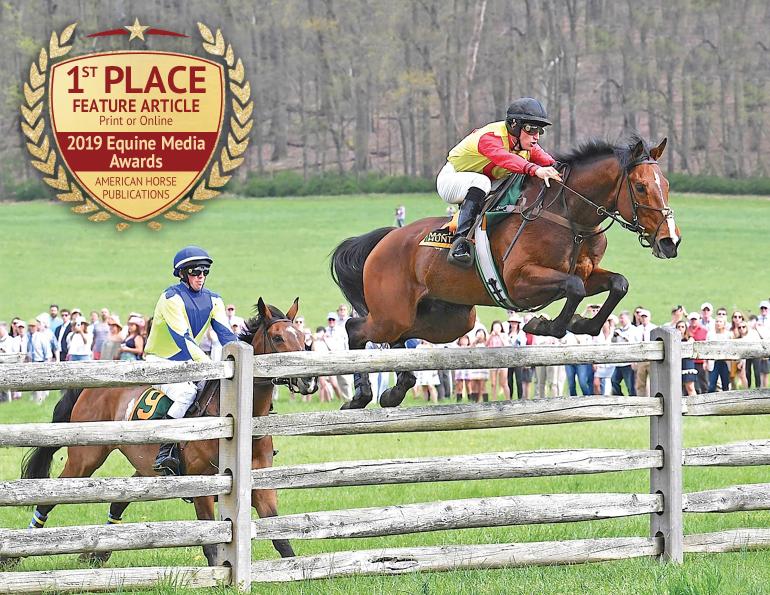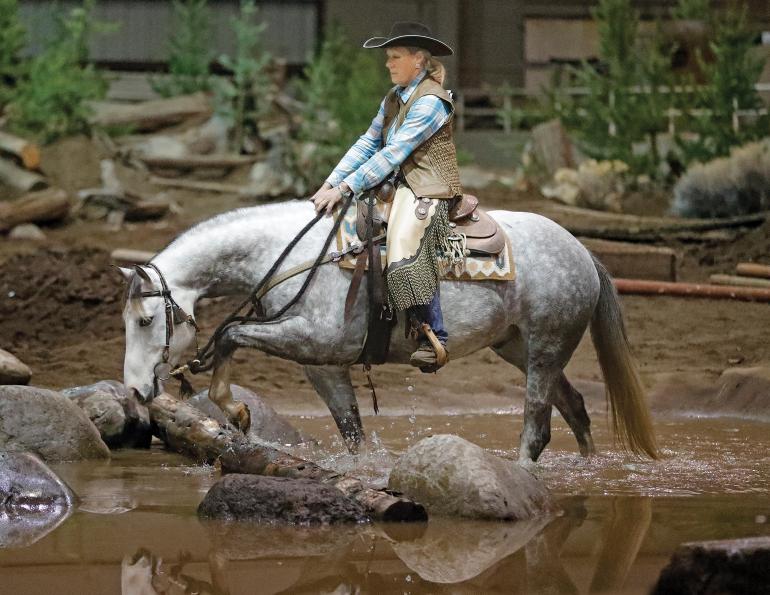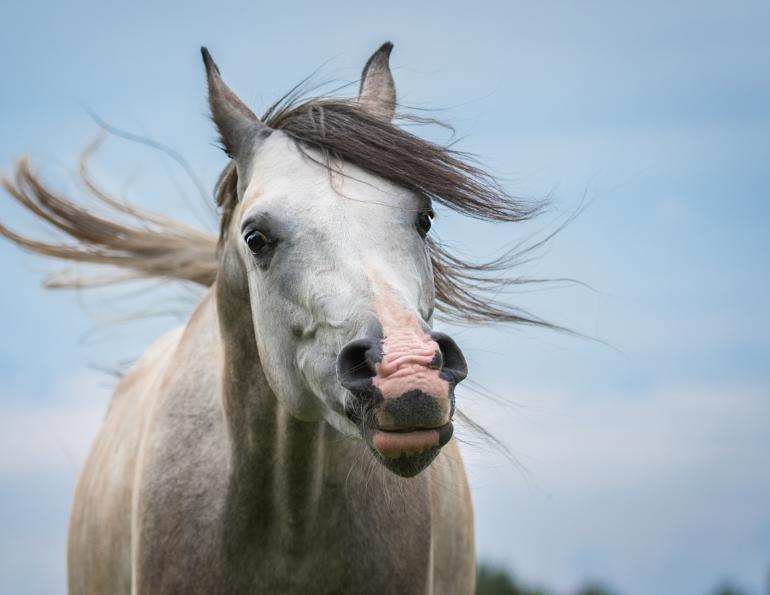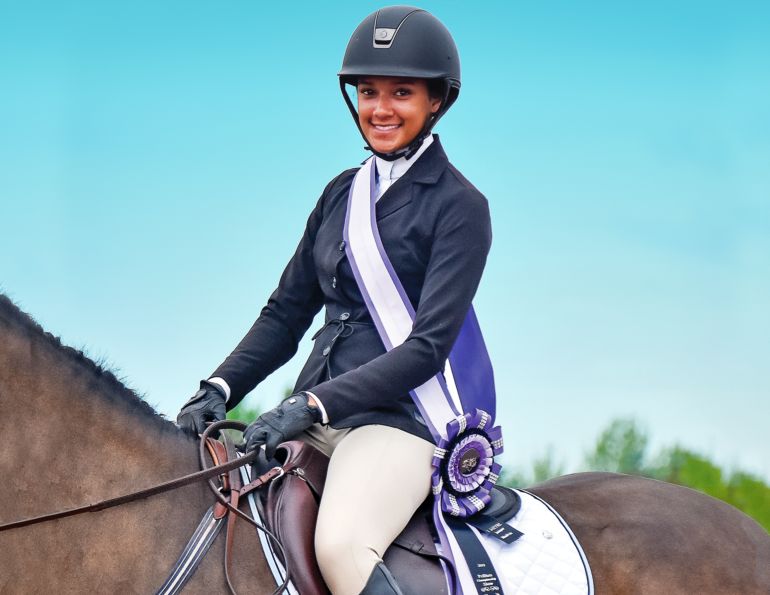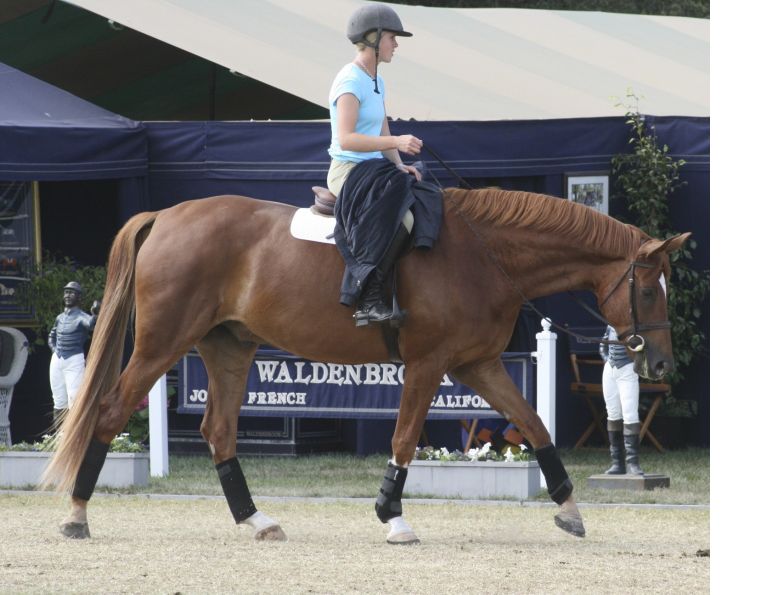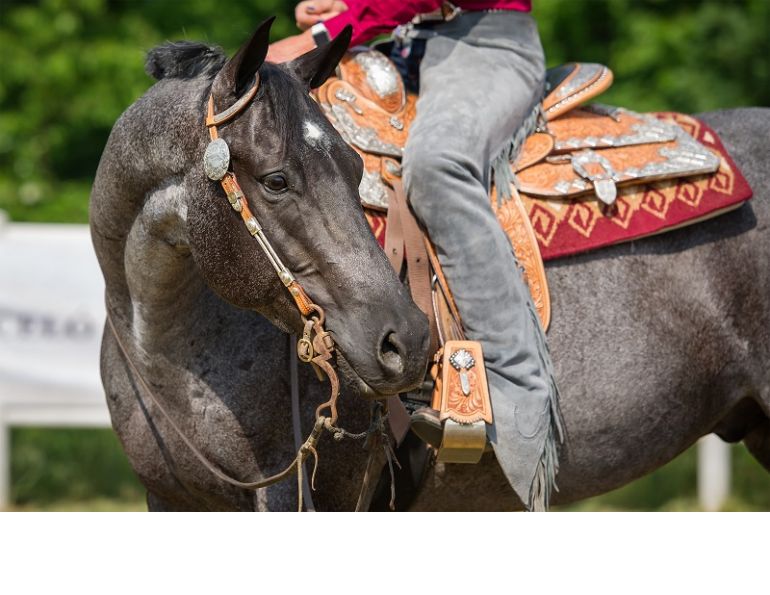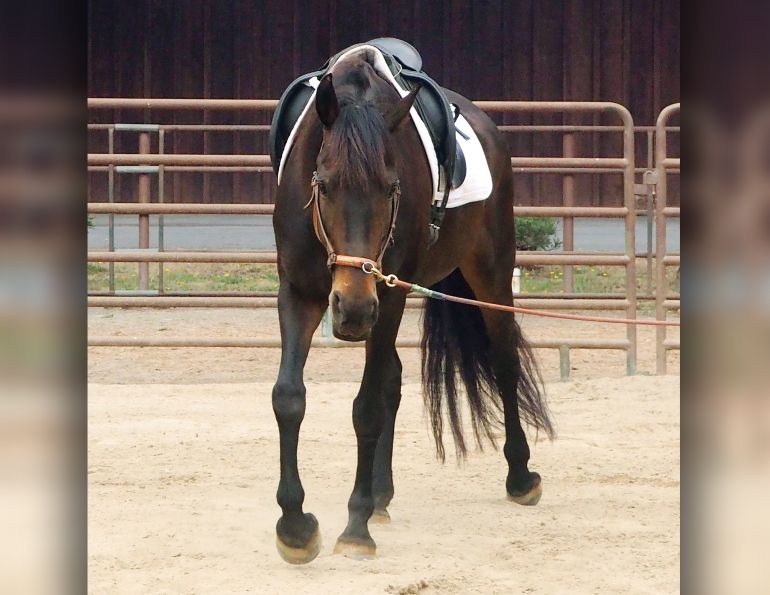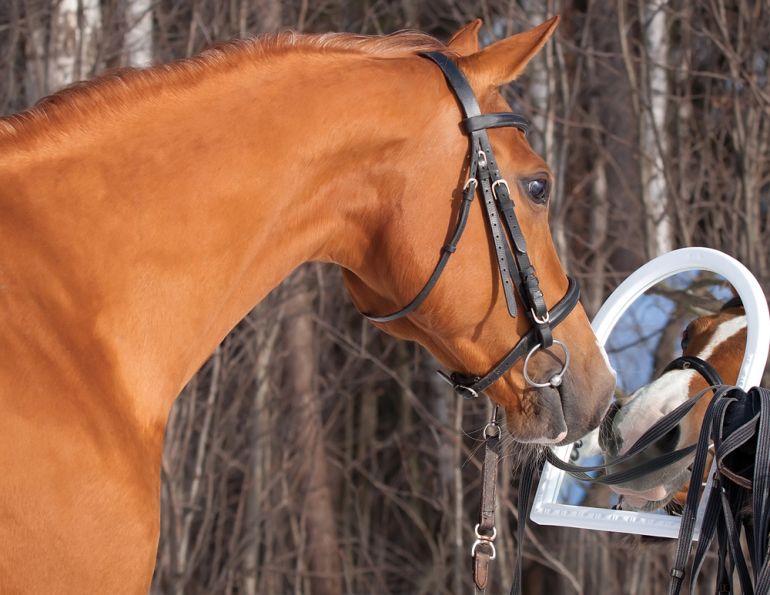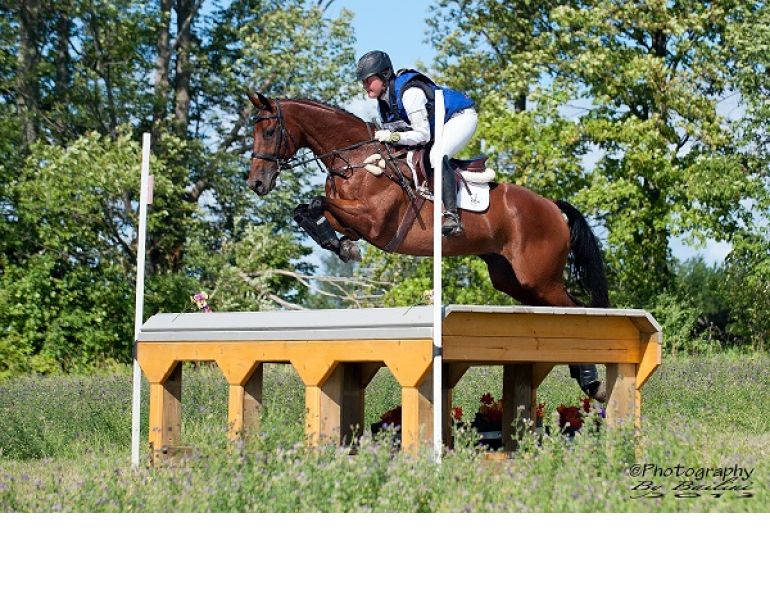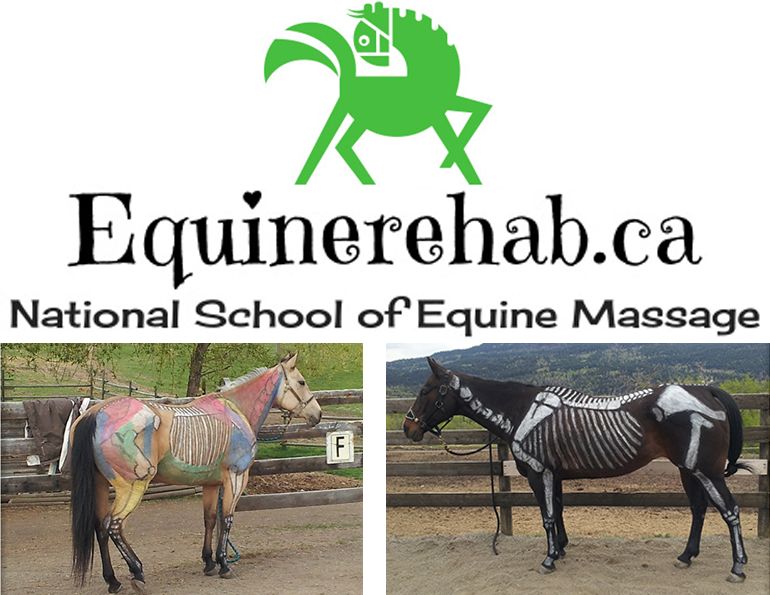Steeplechaser recovers from a broken neck to win Maryland Hunt Cup for the second time.
By Margaret Evans
April 29, 2017, was a clear, sunny day in Worthington Valley, Maryland, United States. Crowds were gathering as restless Thoroughbreds full of anticipation were being saddled and warmed up for the 121st running of the Maryland Hunt Cup, a steeplechase over solid fences. On the board, 13 horses were listed as entered, but after three scratches, 10 horses lined up.
This race is not for slouches. The Hunt Cup is one of a series of “timber races” run in Maryland in the spring and is known for the size of its fences. It is a grueling four miles long (6.4 kilometres) with 22 timber rail fences, some of which are close to five feet (1.5 metres) high. The race was first run on May 26, 1894 and since then, only eight horses have won it three times and no horse has won it four times. The race mirrors the hunt country of Maryland where racehorses are conditioned, and it is considered one of the most difficult steeplechase races in the world. Many successful horses continue for many years competing for the coveted title.
In the line-up that day was Senior Senator, a seven-year-old bay Thoroughbred owned by Irvin (Skip) and Vicki Crawford of Boyds, Maryland. Crawford had purchased the horse as a three-year-old in 2013. Affectionately called “SS,” he had been trained by Joseph Davies and now, with jockey Eric Poretz in the saddle, the fiery gelding with challenging behavioural issues in his past was back to defend his title after winning the 2016 Maryland Hunt Cup.
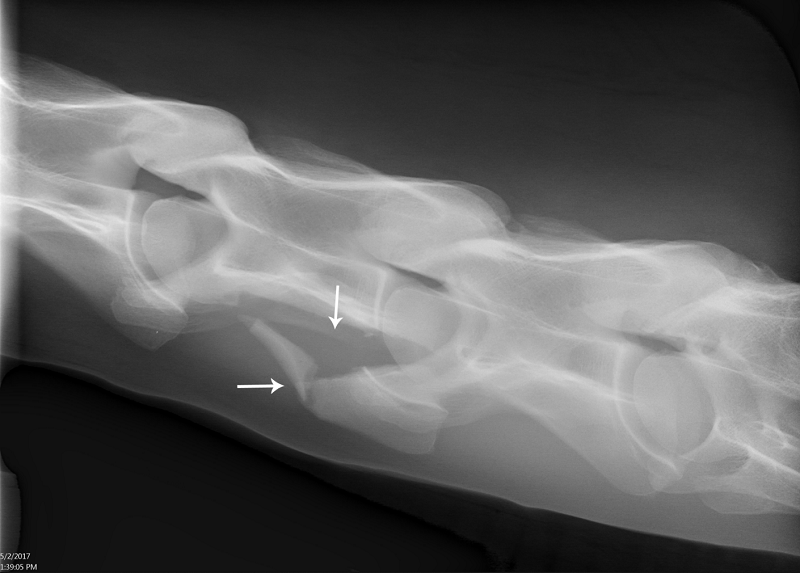
This X-ray photo before surgery clearly shows the fracture at the bottom of the fourth cervical vertebrae. Photo: Penn Vet New Bolton Center
Senior Senator was strong and powerful, but known to have panic attacks in confined spaces such as a stall. Davies found the antidote by keeping him in a field while he developed his greatest assets - his long stride and his love of jumping. He could sail over fences.
That day, as Senior Senator galloped away from the start line, horses bunched as they cleared the first and second fences. But, caught in that crowd, a split-second clip of his back leg on the top rail at the third fence changed the course of his life for the next year.
“He got caught in a crowd and, trying to get clear, he ended up at the bottom of the fence [at take-off],” says Skip Crawford. “He went straight up and hooked his back leg. How he got his front up and over it I don’t know. Then he did a flip. He landed in the most horrible fashion. Jockey Eric was okay. He too had a hard fall, but he didn’t break anything.”
As Senior Senator went over the fence, his hind end flew high into the air and he landed heavily on the left side of his neck before doing a complete roll, completely throwing Eric. He scrambled to his feet and ran.
“After the fall, Senior Senator jumped up and galloped to the receiving barn,” says Vicki Crawford. “Because he was so quick to run off, we didn’t think too much of the fall. It really wasn’t until we saw close-up photos of the accident that we realized how serious it was.”
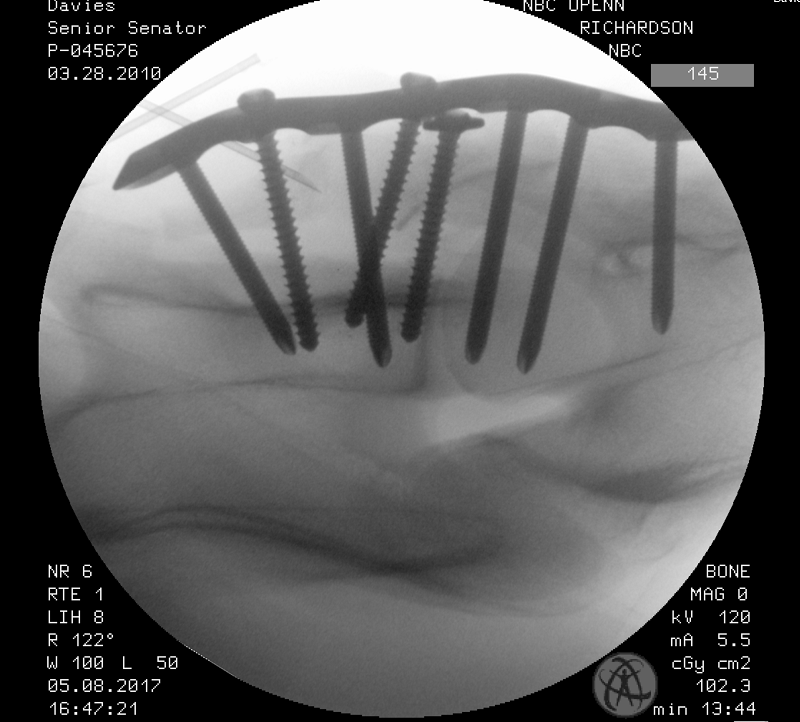
This X-ray photo shows the screws placed to stabilize the fourth and fifth vertebrae, secured with a compression plate. Photo: Penn Vet New Bolton Center
Senior Senator’s veterinarian, Dr. Cooper Williams, was concerned immediately after the fall.
“It’s not unusual with rotational falls involving the head and neck for a horse to appear relatively normal clinically,” he says. “Because of this, we strongly recommend X-rays of the neck after a major fall. Early diagnosis can prevent disasters.”
The Crawfords took their horse home and Williams did the scan. That thoroughness paid off. Williams diagnosed Senior Senator with a serious fracture involving the fourth and fifth cervical vertebrae. The images were immediately emailed to Dr. Dean Richardson, Charles W. Raker Professor of Equine Surgery at Penn Vet’s (University of Pennsylvania School of Veterinary Medicine) renowned New Bolton Center. Richardson is one of the world’s top equine orthopedic specialists and an expert in surgical procedures involving complicated anatomical areas of the horse.
“It was a pretty serious injury,” says Richardson. “There was a fracture at the bottom of the fourth cervical vertebrae. Two large pieces had broken off it. There was a slight amount of subluxation, meaning inappropriate movement between two of the vertebrae, but it was not so severe that his spinal cord was damaged. That was so important. Your real key to your chances of successfully doing anything has to do with what happens to the spinal cord. In Senior Senator’s case, he had broken his bone and put his spinal cord at risk, but it wasn’t directly damaged. That is what helped me decide that surgery could do well. I saw a more than reasonable chance of successfully repairing the injury. He was lucky. It could have been much worse. He could have displaced more, which could have led to him being euthanized.”
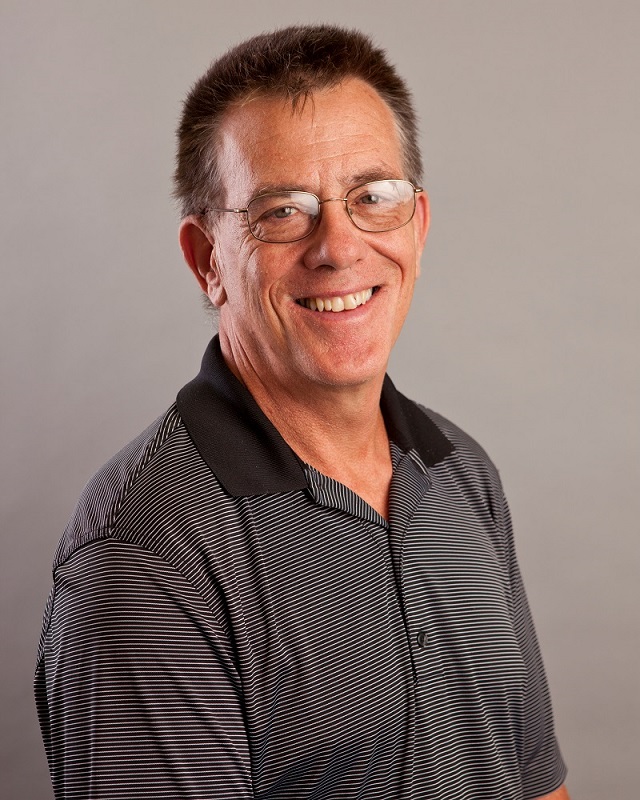
Dr. Dean Richardson, Chief, Large Animal Surgery, University of Pennsylvania School of Veterinary Medicine. Photo: Penn Vet New Bolton Center
Senior Senator was taken to New Bolton Center where Richardson used the school’s revolutionary robotics-controlled computed tomography (CT) system to obtain precise, 3D images of the injury. What makes this state-of-the-art equipment so unique is that the horse does not need to be anesthetized for the procedure but can be sedated so that clinicians can examine an awake, moving, and weight-bearing horse.
“The tomography system is relatively new,” says Richardson. “We’ve had it a couple of years. We’ve been doing necks for just over the last year. It’s a huge advantage having the horse just sedated as you can get an accurate 3D resolution of the injury and an exact configuration of the fracture. You can get accurate measurements for knowing that if you put a screw in here [in the surgical site] you will know exactly how long that screw should be.”
The New Bolton Center is the first veterinary teaching hospital in the world using the EQUIMAGINE robotics-controlled 3D imaging system. The sedated horse stands on a platform laid on the floor and a towel may be draped over his eyes if necessary. To scan the head and neck, his head may be placed on a secured rest. During the procedure, two huge mechanical arms on either side of the horse, each fitted with scanners, move up and around the area of interest while a certified radiologist in an adjoining room interprets the scans in real time. Each scan takes about 30 seconds.
The system is efficient and precise, and the resolution is much higher than other X-ray formats. The team can diagnose conditions at much earlier stages including such things as early-onset stress fractures that can then be managed effectively and avoid a horse having a catastrophic breakdown on the track or during a competition. It can diagnose conditions that are difficult to detect with other imaging systems.
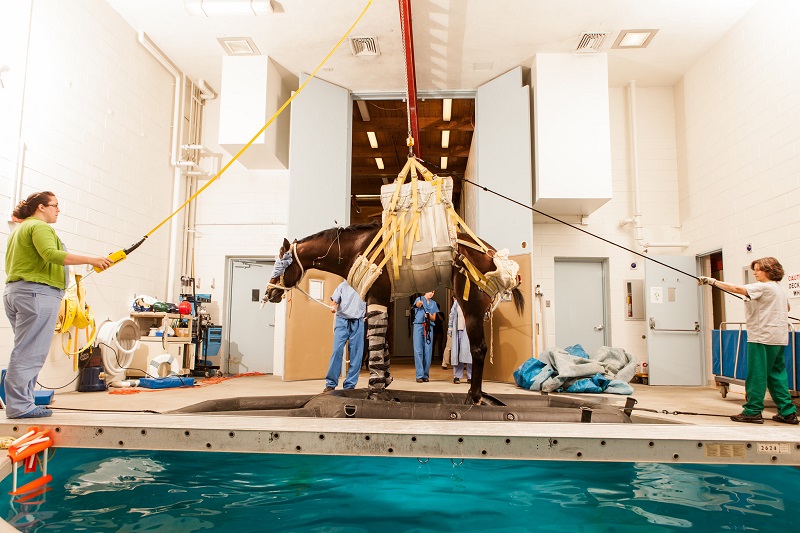
The large sling attached to an electric hoist allows control of the horse’s movement when the animal is anesthetized. Photo: Penn Vet New Bolton Center
“Providing 3D images, this technology offers us tremendous advantages over traditional X-ray and other imaging options,” says Richardson. “And we can evaluate our patient and plan for surgery without having to put the horse under anesthesia, which is a big deal.”
On the day of the surgery, Senior Senator was fitted into a large sling attached to an electric hoist. The sling allows the team to control the horse’s movement when he’s given anesthetics so that he can transition from standing to lying down without injury. That same control is in place when the horse wakes up. Once anesthetized, Senior Senator was placed on his back on the surgical table.
“This is a fairly big group effort,” says Richardson. “In a neck case, there’s a lot of things happening. In this procedure we might have an extra person getting a bone graft at the same time. For the surgical team, we might have four or five people scrubbed in. Technically we would have two operating room nurses who are specialists in terms of managing the operating room and getting us our instruments. We also have a group of highly trained experts in anesthesiology. Senator was under anesthesia for about three hours. We do a lot of positioning and you need to get everything perfectly lined up. We have a very high-powered fluoroscopy unit, which is a real time X-ray unit. It allows us to take images as we’re doing surgery, so we know that everything is going as planned.”
With the targeted area opened, Richardson used retractors to set aside highly vulnerable internal parts of the body so that he could reach the spine.
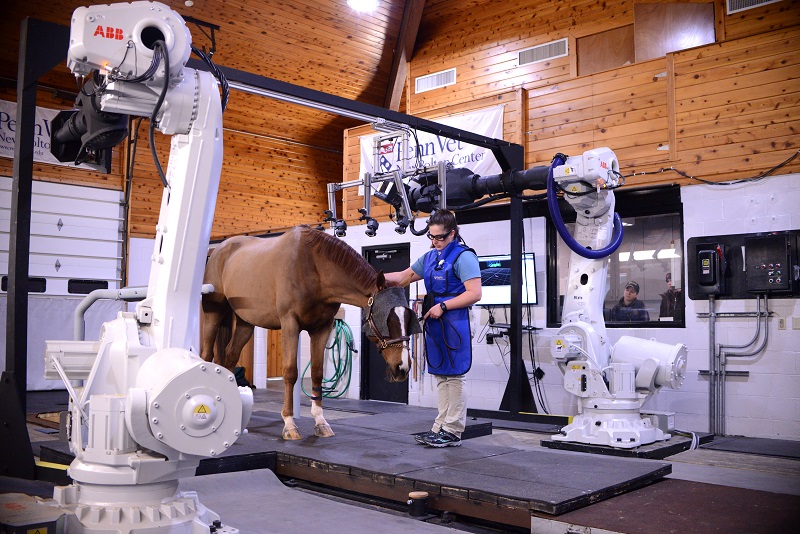
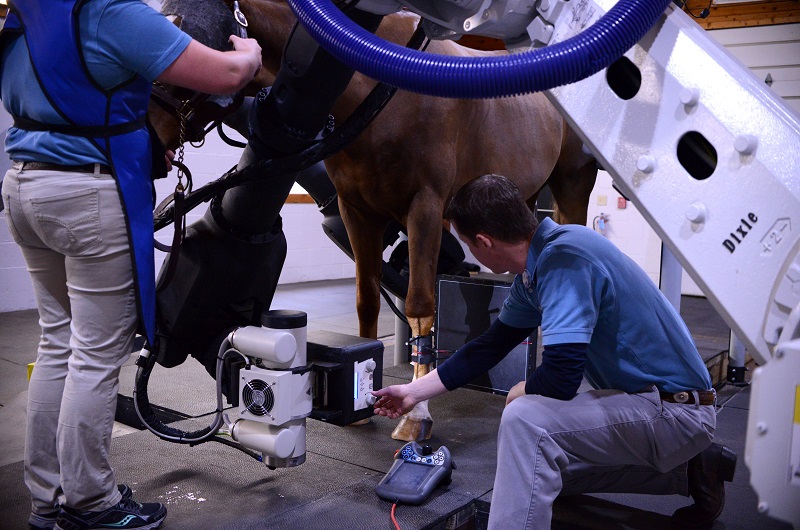
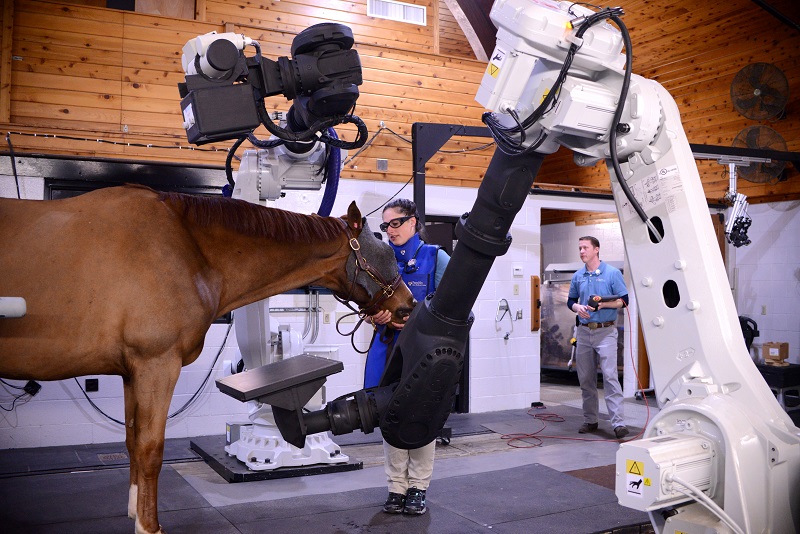
The EQUIMAGINE robotics-controlled 3D imaging system delivers accurate 3D resolution of injuries and allows for diagnosis of conditions that are difficult to detect with other imaging systems. Penn Vet is the first veterinary teaching hospital in the world to use the technology. Photos: Penn Vet New Bolton Center
“We had to move the trachea, carotid artery, jugular vein, and esophagus. Those are all things that have to be carefully managed when you do this particular approach.”
Then, with intense precision, he reached into the neck at least the length of a forearm to do the repair. A large amount of painful disc material between the end plates of the fractured bone was removed, and screws were placed to stabilize the fourth and fifth vertebrae.
While the team worked on the neck, bone was being harvested from Senior Senator’s sternum. That bone was then packed into the space between the vertebrae. Everything was then locked into place with a stainless-steel compression plate and the incision was finally closed.
“The bone removed from the sternum was a pretty minor thing,” says Richardson. “We can get a large volume of bone from a small incision. It’s a minor procedure to do that. Everything went according to plan. Nothing in that surgery was unexpected, there was no bleeding and nothing broke. Nothing bad happened. But this does not happen every day. It can go sideways very quickly.”
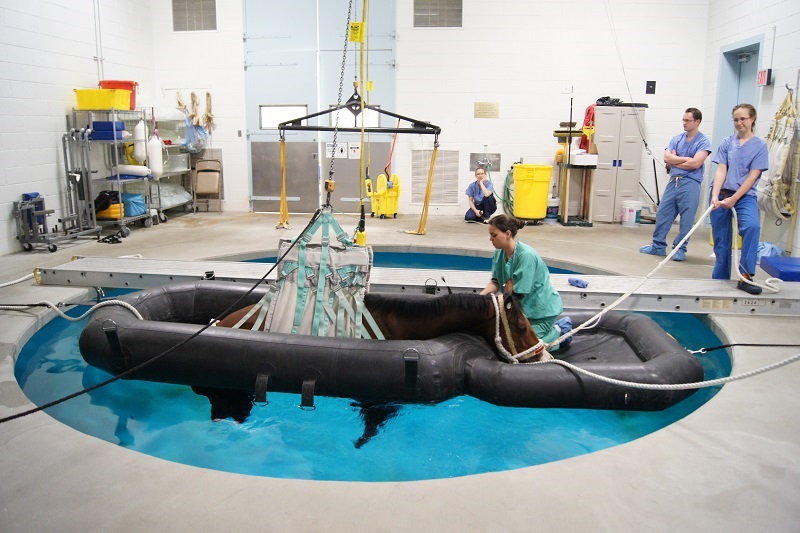
Still asleep after surgery, the horse is lifted by the hoist and taken to poolside, then lowered into the modified US Navy six-man life raft with extensions for the horse’s legs. The raft and horse are then lowered into the pool. The horse stays dry and gently floats while regaining consciousness. Photo: Penn Vet New Bolton Center
On the surgical team was Dr. Kyla Ortved who grew up in Toronto, Ontario, and pursued her goal of veterinary medicine at the University of British Columbia and the University of Guelph before her focus in equine orthopedic surgery and research led her via the universities of Georgia and Cornell to the New Bolton Center in 2016.
“It is high risk surgery,” says Ortved. “A lot of things can go wrong. But Senior Senator’s surgery went quite smoothly. Going into it, we thought it would be quite challenging in terms of the fracture.”
She says that using the fluoroscopy during surgery was essential. “There’s such a small margin for error because the spinal cord is right there. You really rely on a perfect image to know that you are drilling in the right place. Where the plate is placed your visualization is limited so that is quite challenging.”
Senior Senator’s eventful surgical day was not yet over. He was heading for spa time. One of the most critically dangerous times for a horse post-surgery is when it returns to consciousness and instantly tries to stand before it has recovered its coordination and strength. It will stumble and fall and start to panic. In the process, a horse can do catastrophic damage to itself.
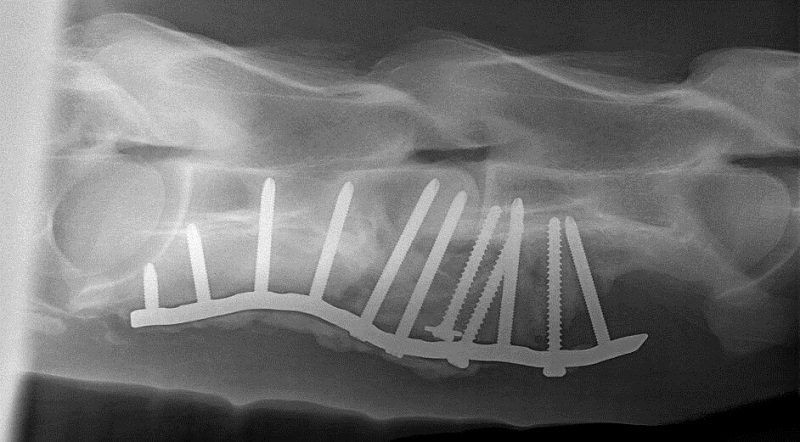
The injury site at seven months post-surgery, when Senior Senator returned to training. Photo: Penn Vet New Bolton Center
“In our hospital we have a system of waking a horse up in a recovery pool,” says Richardson. “It’s a huge confidence-builder to know that the horse’s chances of injuring itself when waking up in a pool are pretty low. It’s a complex thing. You need a very robust monorail system with multiple one-ton hoists that operate while the horse is in the raft. It’s a very elaborate, very expensive piece of equipment. But it’s a key advantage for recovery at our hospital.”
After surgery and while still asleep, the horse is lifted from the surgical room by the hoist and taken poolside where it is lowered into the raft. It looks like a large rubber dingy with four extensions for the legs. The horse, still with its sling in place, and the raft secured by the hoist are then lowered into the pool so that they float comfortably on the surface. They are still secured in place by the hoist mechanics.
An extension of the raft allows the horse’s head to rest comfortably. The horse floats there gently contained until it begins to regain consciousness by starting to move its head and legs. At all times the horse is kept dry. The water provides resistance and horses coming out of anesthetic seem to realize there is not a lot they can do. They wait as the grogginess wears off.
The concept was developed in the late 1960s when Penn Vet’s Dr. Jacques Jenny (fondly referred to as the “father of equine orthopedic surgery”) recognized that there had to be a solution to the post-surgery risks to horses. He came up with the (then) far-fetched idea of floating a horse in a raft in a pool while it regained consciousness and decreasing/eliminating the risk of re-injury to the just-repaired limb. After many trials and errors and new developments, the pool today is an absolute life-saver.


“SS” out with his Buddy, Fernando. Photo: Skip and Vicki Crawford
Known as the C. Mahlon Kline Orthopedic and Rehabilitation indoor anesthetic recovery pool, it is 22 feet (6.7 metres) wide and 11 feet (3.35 metres) deep containing 30,000 gallons (113,562 litres) of continuously filtered brominated water kept at a steady 35.5 degrees C. A cantilevered deck surrounds the pool, which allows people easy access to the horse while at the same time preventing the horse’s limbs from hitting the pool’s wall during recovery. The raft is a US Navy six-man life raft modified to accommodate the horse’s limbs and head.
Asleep and in the sling, Senior Senator was moved from the operating room to the recovery pool and lowered into the rubber raft. He was then lowered into the pool.
“We keep the temperature of the pool very close to the horse’s body temperature,” says Richardson. “Otherwise, the animal will get chilled and not wake properly. Basically, to the horse, it feels kind of like a spa.”
Senior Senator was placed in the raft for about an hour before showing signs of coming around. He adapted well in the pool and, once alert, he was lifted out of the raft and taken by monorail to his padded recovery stall where he was gently lowered 15 feet to the floor. Head and tail ropes helped to maintain his orientation in the stall and, once standing steadily, the blindfold was removed.
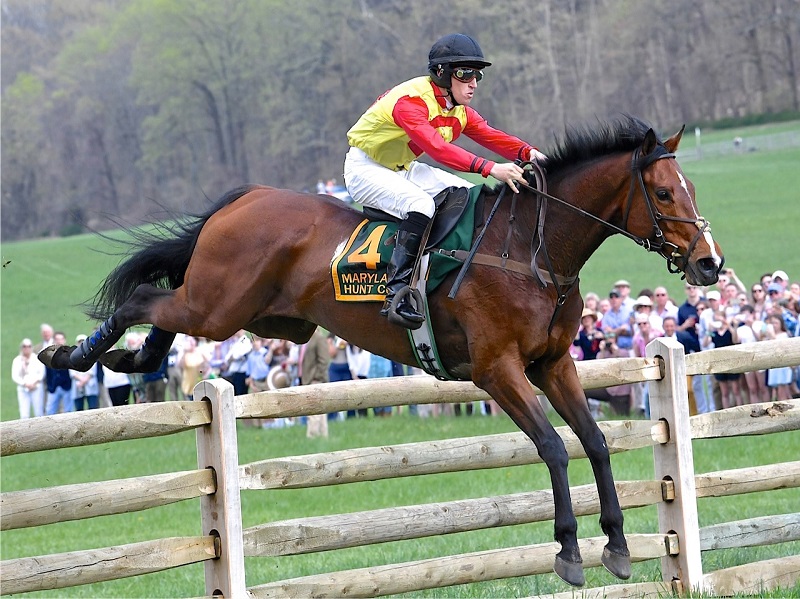
Senior Senator on his way to a decisive win in the 2018 Maryland Hunt Cup, with jockey Eric Poretz. Photo: Douglas Lees
“We don’t use it on every horse, only in specific types of cases,” says Richardson. “When you do it [recovery] in the pool, the horse comes out being upright in the sling and you set him down on his feet. They stand right up.”
The pool and raft concept was a stunningly new feature to Ortved.
“Before going to New Bolton I had never seen it,” she says. “I sort of had doubts that it would be as smooth as it can be, but for the majority of horses it’s a very smooth concept. It just takes quite a few people to make it work.”
Senator was comfortable immediately after the surgery. Richardson says that his aftercare recovery could not have gone better. He was a perfect patient and acted like he knew they were helping him. He didn’t put up any resistance.
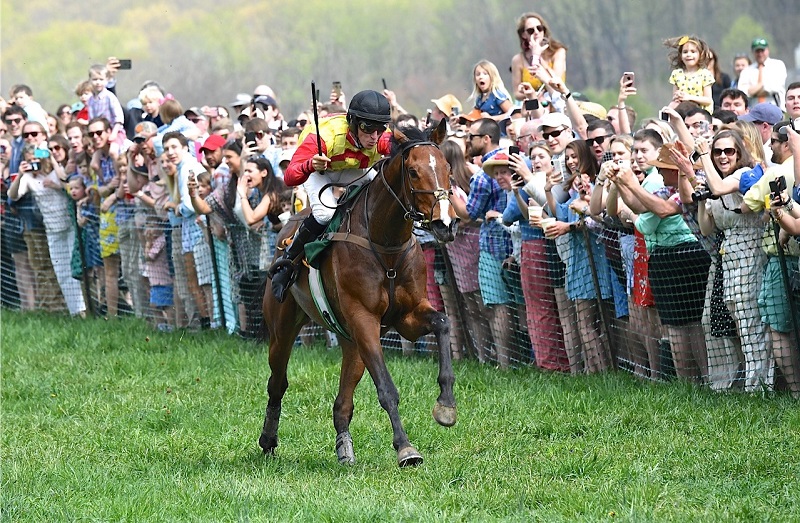
Senior Senator at the finish of the 2018 Maryland Hunt Cup, which he won by five lengths. Photo: Douglas Lees
“As a patient he was such a gentleman,” says Richardson. “He was not a problem at all. He was well trained, well behaved, and he did everything right.”
At home, Senior Senator was able to relax and recover. His days of being difficult were gone and he had mellowed into a quieter horse. Maybe some of that could be credited to his pet donkey, Fernando.
According to Crawford, trainer Joe Davies had bought the donkey from a charity auction a few years earlier, thinking his children would enjoy him. But Fernando bonded to SS, hung out with him in the pasture, walked in and out of the stall where SS was contained with a simple rope across the entrance, and followed him during exercise runs. At feed time, though, the thoroughbred’s bucket had to be raised as Fernando would eat his ration and SS would shrug it off as the price of friendship.
Everyone hoped that racing would be in Senior Senator’s future. He continued in rehabilitation for several months. Then, about seven months after the surgery, he began training with the hope that he would be able to compete in the 2018 season. But even though the 2017 racing season went sideways for him, he was still in many ways ahead of his game.
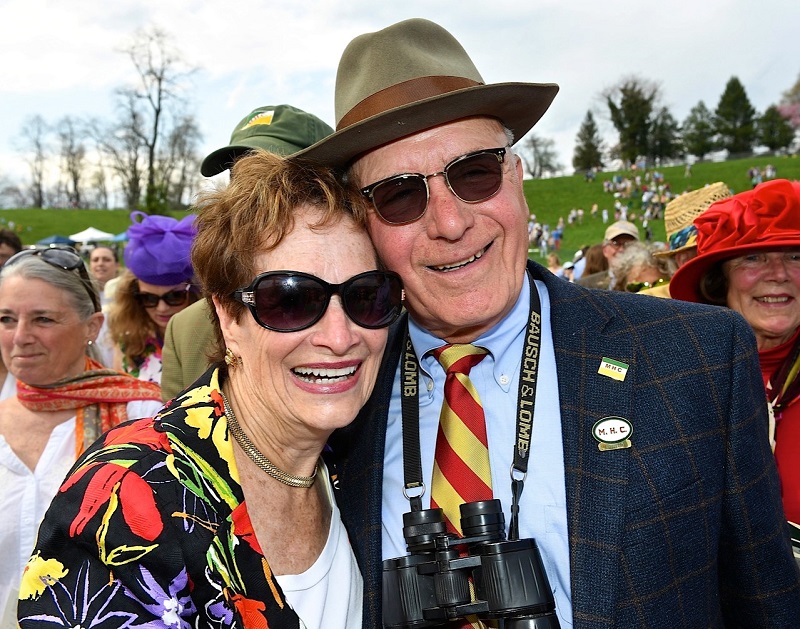
Vicki and Skip Crawford celebrate after their horse’s incredible accomplishment. Photo courtesy of Skip and Vicki Crawford.
“He won the Cup the first time in 2016 as a six-year-old,” says Crawford. “The last horse to win as a six-year-old was Jay Trump. That was 55 years ago. Normally their peak time is nine to twelve years. Those are their best years.”
Crawford says that, because of these types of big fence races, Senior Senator’s schedule was to be running in the spring. “He would do four races, one at the end of March, the other in early April. Then a point-to-point and the Hunt Cup.”
April 28, 2018 was a clear, sunny day in Worthington Valley, Maryland. Crowds had gathered as nine restless Thoroughbreds were saddled and warmed up for the 122nd running of the Maryland Hunt Cup. In the line-up was Senior Senator, once more with jockey Eric Poretz. There was more than a little anticipation as the pair trotted to the start line.
From the outset, Poretz kept Senior Senator to the outside and avoided getting trapped in a bunch. By the first fence, the pair had taken the lead and, as they sailed over every jump, they held on to that lead. Four miles and 22 fences later, Senior Senator galloped triumphantly across the finish line in a five-length victory to win the Cup and capture the hearts of everyone who had a hand in helping this gifted horse return to the winner’s circle.
Main article photo: Douglas Lees



